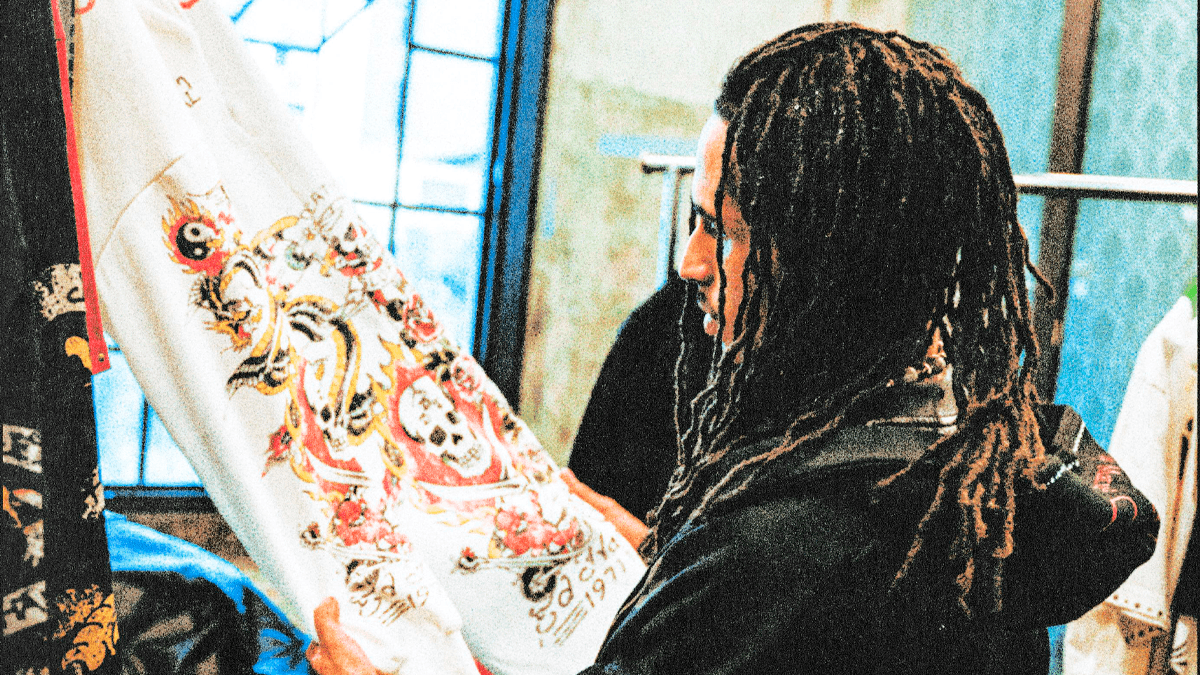The architecture in furniture by Oscar Niemeyer
The history of Brazilian modern design is intertwined with architecture, especially between the 1940s and 1960s, when figures like Lina Bo Bardi, Sérgio Rodrigues, and Jorge Zalszupin sought to integrate spaces, furniture, and everyday life within the same design logic. During this period, it made no sense to think of buildings without also considering furniture, as the modernist ambition was to propose a complete way of life.
Oscar Niemeyer, known worldwide for the curves of Brasília and for transforming reinforced concrete into poetic language, also inserted himself into this tradition, albeit in a unique way. The architect is now considered not only one of the key figures in Brazil's development but also one of the great names in our history.
His contribution was not only as the architect of iconic buildings but also as a creator of pieces of furniture that expand his architectural vision to the intimate scale of the body. It is at this point that we begin an analysis of how Oscar thought about furniture beyond its aesthetics, exploring new forms of dialogue.
This incursion into design gained momentum in the 1970s, in partnership with his daughter Anna Maria Niemeyer, curator and art critic.

Together, they developed pieces that soon became classics of Brazilian design, such as the Marquesa Armchair, the Rio Chaise Longue, and the High Armchair. In all of them, the curving gesture that characterized his monumental constructions is translated into wood and leather.
The Marquesa, from 1974, is one of the most radical examples, closer to a horizontal sculpture than to a conventional seat; its undulating structure breaks with the traditional typology of the armchair and proposes a new relationship between body and rest.

The Rio Chaise Longue, perhaps the most famous, evokes the movement of waves in continuous lines that combine laminated wood and strips of leather, offering both the expected comfort for a chaise longue and theatricality. The High Armchair, in turn, shows how Niemeyer's design could be functional without sacrificing the same formal sensuality that made him famous.

These pieces emerge as a direct extension of Niemeyer's architectural logic. The architect always argued that his attraction was not in the right angle, but in the free and sensual curve found in the Brazilian landscape and the human body.
In furniture, this philosophy comes even closer to the body since the curve physically embraces those who sit, lie down, or lean. If in Brasília the sinuous lines organized the monumentality of the city, inside a house they organized the intimate experience of rest. The furniture, in this sense, is almost a miniature of architecture, a prolongation of its spatiality.
In his autobiography, Niemeyer wrote that "it is not the right angle that attracts me, but the free and sensual curve found in the mountains of my country, in the winding course of its rivers, in the body of the beloved woman."

This statement not only serves the monumental architecture created by Niemeyer around the world; it directly applies to furniture. The human body, when lying on a chaise longue or settling into an armchair, becomes part of the curve itself, as if the architectural space were experienced in a reduced scale.
This transposition did not occur by chance. Brazilian modernism already had the characteristic of integrating architecture, design, and visual arts, as seen in the work of Lina Bo Bardi, Sérgio Rodrigues, or Jorge Zalszupin.
However, with Niemeyer, this connection assumed a particular dimension in Brazilian modernism. If in concrete his curves referred to geography, as for example the Museum of Contemporary Art in Rio, which follows the same curvature as Sugarloaf Mountain, in furniture they translated the same idea in an intimate scale, designed to embrace the body instead of circumscribing the city.

It was a way of reaffirming the universe of his works, by becoming part of the body and the entire surroundings.
However, this incursion was not always well received. Part of the critics accused Niemeyer of “sculptorizing” design, turning furniture into objects more artistic than utilitarian. Others argued that he should stick to concrete, as furniture design was a field already occupied by other names.
Niemeyer, however, never saw contradiction; for him, whether in a monumental dome or in a chaise longue, the gesture in his work originated from the same point, and perhaps that is what makes his productions so singular and with unmistakable contours. The furniture emerges from an integrated vision where body, space, and form belonged to the same poetic logic.
The international repercussion of these pieces was significant. The Rio Chaise Longue and the Marquesa are part of important collections, such as the NOHO Modern gallery in Los Angeles, and in design exhibitions that projected Brazilian furniture abroad.
Today, they are sought-after objects by collectors and fetch high values at auctions, but more than their market status, what matters is understanding how they insert Niemeyer into the global debate of modern design. Just like Alvar Aalto in Finland or Le Corbusier in France, Niemeyer expanded architecture into homes, making furniture part of the same aesthetic system.
There are also curiosities that reinforce this symbolic strength. Many of the pieces were initially seen as sculptures but always conceived for practical use, albeit in an unconventional way. The Marquesa, for example, was designed to lie down on, lean against, almost inhabit like an architectural piece.
This closeness between sculpture and utility shows how Niemeyer blurred the boundaries between disciplines, a trait that always marked his work.
Today, the legacy of this furniture remains alive. Besides being part of international collections, these pieces still serve as reference for architects and designers who seek to integrate form and function without giving up on poetics. In a contemporary world where design often fragments into specializations—architecture, interiors, products—Niemeyer's work reminds us that everything can be part of the same gesture. His armchairs and chaise longues continue to teach that body and space are not separate dimensions but prolongations of each other.
Between concrete and wood, between monuments and furniture, Niemeyer designed not only buildings but also experiences. His curves, in urbanism and furniture, are reminders that design can be both political and poetic at the same time.
See others like this





